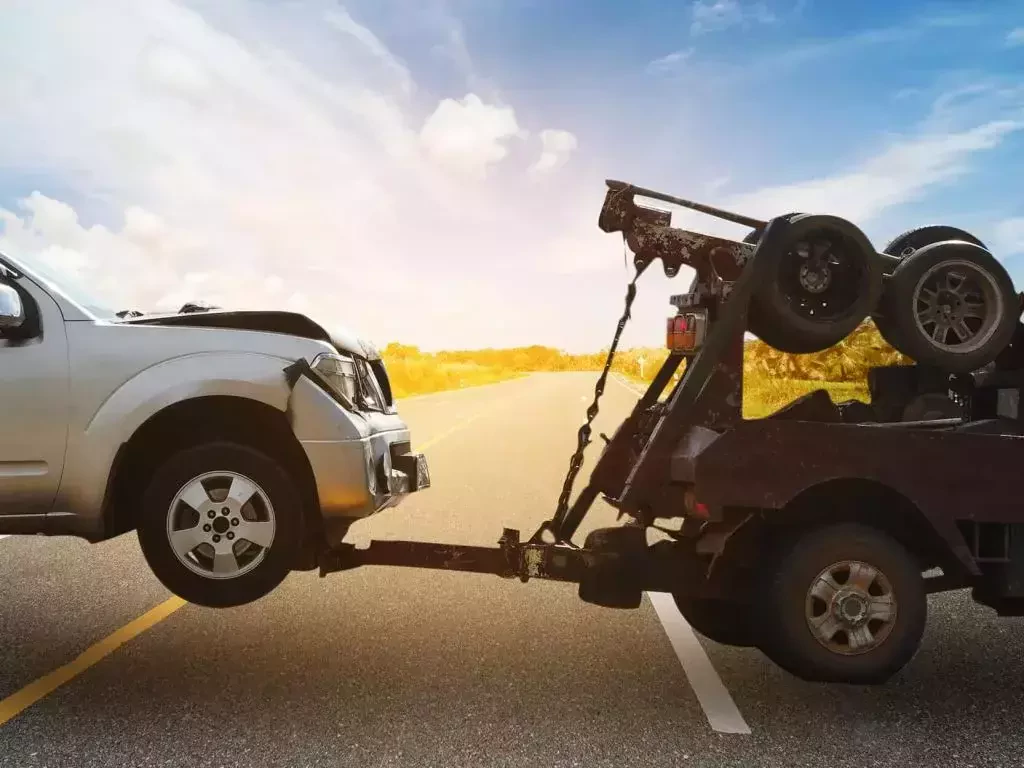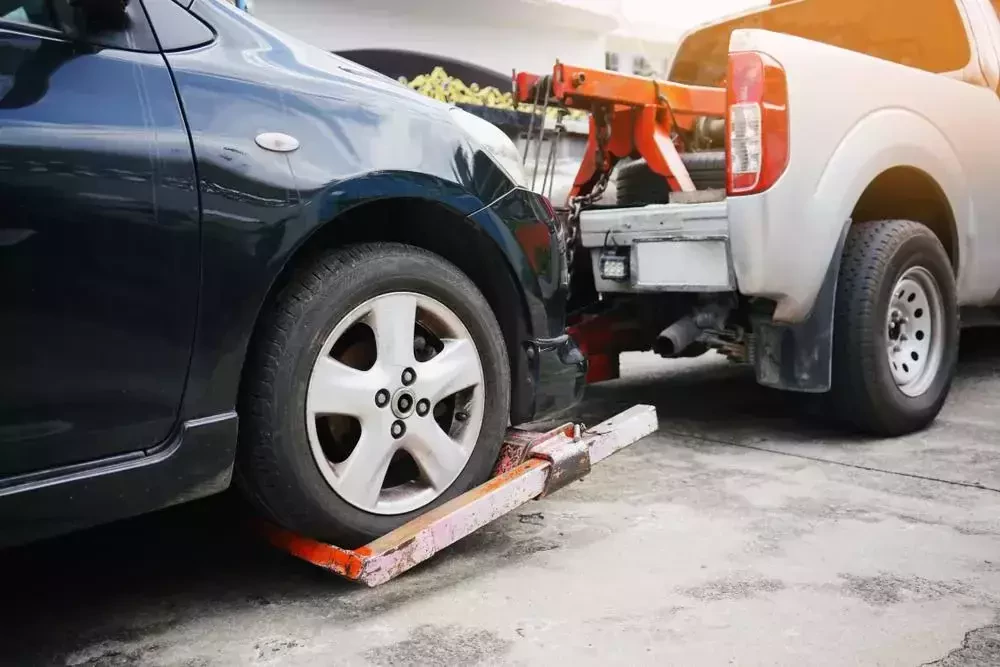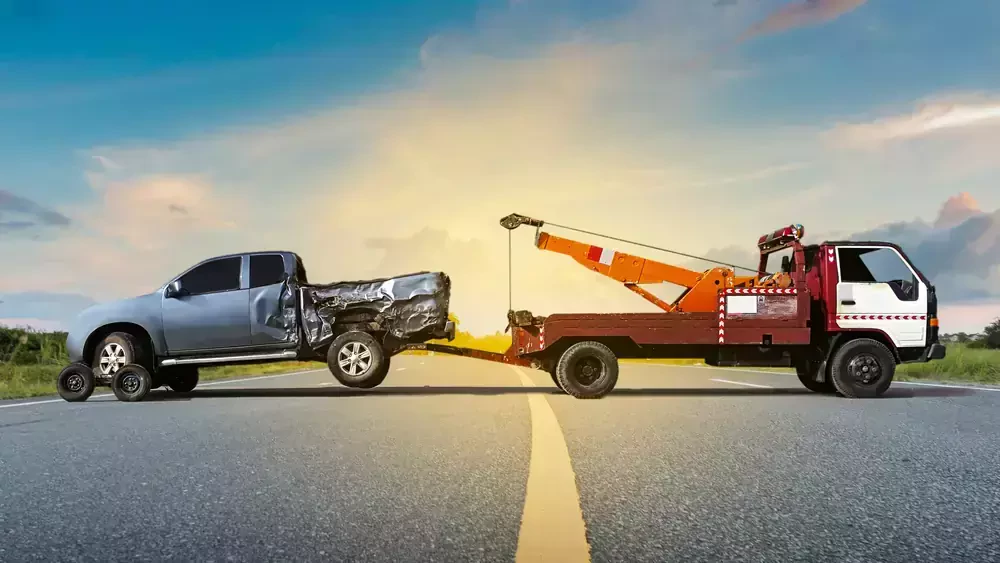How to Tow a Car with a Truck Long Distance: A Complete Guide
Essential Guide to Long-Distance Car Towing with a Truck
Towing a car with a truck over long distances requires careful planning, the right equipment, and a good understanding of your vehicle's capabilities. Whether you're moving to another state or taking a cross-country road trip, knowing how to safely tow a car long distance can save you from potential damage and unexpected expenses. This guide will walk you through all the essential steps and considerations to ensure a smooth towing experience.
From choosing the best towing method to managing fuel costs and ensuring vehicle compatibility, you'll find everything you need to make an informed decision. Whether it's your first time towing cars or you're looking for cost-saving tips, this comprehensive guide is here to help you handle your towing needs with confidence and ease.
Key Factors for Long Distance Towing Success
Preparing for Long-Distance Travel
When planning to tow a car long distance, preparation is critical for a successful journey. Start by evaluating the type of vehicle you intend to tow and the size of the towing vehicle. The gross vehicle weight and weight distribution play significant roles in determining the safety and efficiency of your towing setup. Ensuring that the weight of the towed vehicle does not exceed the towing vehicle's capacity is crucial to avoid mechanical failures or unsafe conditions on the road.
Before hitting the road, check the towed car’s parking brake and make sure it is disengaged to prevent unnecessary wear and tear during transport. Additionally, inspect the tire pressure of both vehicles to ensure they are at the recommended levels. Driving with underinflated tires can lead to uneven weight distribution and increase the risk of accidents. It's also important to adhere to the speed limit for towing vehicles, which is often lower than standard limits, to maintain control over longer distances.
When crossing state lines, be aware of the specific regulations for towing vehicles in each state. Laws regarding tow hitch requirements, lighting, and safety equipment can vary, so research these rules in advance to avoid fines or delays. Managing fuel costs is another consideration for long-distance towing. Towing a car increases the fuel consumption of your tow vehicle, so budget accordingly and plan refueling stops along your route.
Choosing the Right Towing Setup

Selecting the right towing setup is a key factor in ensuring a safe and efficient towing experience. Depending on your needs, you can choose from options such as using a pick-up truck, a flatbed trailer, or a car trailer. A flatbed trailer is often considered the safest choice for long-distance towing because it keeps all four wheels of the towed car off the ground, reducing wear and tear and protecting against road debris.
Other towing methods include flat towing, which involves using a tow bar to pull the car with its wheels on the ground, and using a car dolly, which lifts the car’s front wheels off the ground. An auto transport trailer is another alternative, especially for heavier vehicles or when transporting classic cars or luxury cars. The best option depends on the vehicle type you are towing and the condition of its wheels, tires, and braking system.
When setting up your towing system, consider the compatibility of the tow bars, tow straps, or tow hitch with your specific vehicle type. The gross vehicle weight rating (GVWR) of your tow vehicle and the maximum weight it can safely handle should also be factored into your decision. Loading ramps may be necessary if you're using a flatbed trailer or a car trailer. Ensure that the vehicle is properly secured with a hitch ball and double-check all connections before starting your trip.
Additionally, if your towed vehicle has a manual transmission, you may need to take specific steps to protect the driveshaft during transport. For rear-wheel-drive vehicles, a two-wheel trailer may be a more suitable option to keep the car’s rear wheels off the ground. Ensuring that your braking system is up to standard is also essential, as the additional weight of the towed vehicle can impact the stopping distance of your tow vehicle.
By carefully selecting your towing setup and preparing both vehicles properly, you can minimize risks and ensure a smoother long-distance towing experience.
Best Towing Methods for Different Vehicle Types
Safe Towing Options for Front-Wheel Drive and Rear-Wheel Drive
The type of vehicle you are towing plays a significant role in determining the most appropriate and safe towing method. For front-wheel drive vehicles, flat towing is often a convenient option. This method involves using a tow bar to connect the towed car to the towing vehicle, allowing the front tires to roll freely on the ground. However, you should always verify that your specific vehicle type is compatible with flat towing to avoid potential damage to its transmission or other components.
Rear-wheel-drive vehicles typically require a different approach, such as using a two-wheel trailer to lift the car’s rear wheels off the ground. This method protects the driveshaft and prevents unnecessary wear and tear on the rear tires. For vehicles with a manual transmission, it is crucial to ensure that the driveshaft is either disconnected or adequately supported to avoid mechanical failures during the journey.
If you're towing classic cars or luxury cars, flatbed towing is the best option. This method places the entire car on a flatbed trailer, keeping all four wheels off the ground and reducing the risk of damage from road debris or wear on the tires. Flatbed trailer towing is also ideal for transporting vehicles over extended distances, as it provides additional safety and stability compared to other methods.
Whether you're towing front-wheel drive vehicles, rear-wheel-drive vehicles, or vehicles with unique requirements, always check the gross vehicle weight rating of your towing setup to ensure it can handle the weight of the towed vehicle. Proper weight distribution is also essential to maintain control of the tow vehicle and reduce the risk of accidents.

Preventing Potential Damage to the Towed Vehicle
Towing a car long distance can expose it to potential damage, but taking the right precautions can help mitigate these risks. One major concern is road debris, which can cause scratches, dents, or other cosmetic damage to the towed car. Using a flatbed trailer or securely covering the vehicle can help protect it from debris on the road.
Another critical factor is ensuring the towed vehicle is properly secured to the towing setup. A hitch ball that matches the towing vehicle and trailer specifications is essential for a secure connection. Additionally, check that all tow straps, tow bars, or tow hitch components are tightly fastened and in good condition. Loose or worn-out equipment can lead to dangerous situations and potential damage to the vehicle.
When towing over longer distances, it's vital to monitor the condition of the towed car’s tires and braking system. Excessive wear and tear on the front tires or rear tires can occur if the vehicle is not correctly aligned or if its parking brake is inadvertently engaged. Regularly inspecting tire pressure and ensuring the parking brake is fully disengaged will help prevent these issues.
Vehicle compatibility with your towing method is another important aspect to consider. For example, some vehicles with manual transmissions may require special attention to the driveshaft to prevent internal damage. Similarly, vehicles with electronic braking systems may need additional equipment to function properly during towing.
Lastly, always verify the gross vehicle weight and ensure it does not exceed the towing vehicle’s weight limits. Overloading the tow vehicle can result in mechanical failures, increased fuel costs, and unsafe driving conditions. Proper weight distribution is also crucial to maintaining balance and preventing swaying while on the road.
Cost-Saving Tips for Long-Distance Car Towing
Cheapest Option: DIY Towing
For those looking for a cost-saving approach, DIY towing can be the cheapest option. By using your own tow vehicle and equipment, you can significantly reduce extra fees associated with professional services. However, this method requires thorough preparation and the right tools, such as tow straps, a tow bar, or a tow hitch, to ensure a safe and secure setup.
DIY towing is best suited for short distances or situations where the towed vehicle is relatively lightweight. Be sure to account for potential fuel costs, as towing a car increases the load on your tow vehicle, leading to higher fuel consumption. Additionally, you must be confident in your towing skills to avoid potential damage to the towed car or mechanical failures during the trip.
Comparing Car Shipping Companies and Towing Companies

If DIY towing seems too challenging or risky, professional auto transport services can be a cost-effective alternative, especially for extended distances. Car shipping companies offer a variety of transport services, including flatbed trailer towing and enclosed vehicle transport, to suit different needs and budgets. While these services may not be the cheapest way to tow a car, they provide peace of mind and reduce the risk of potential damage during the journey.
To save money on professional services, compare quotes from multiple car shipping companies and towing companies. Many providers offer a free quote, allowing you to evaluate your options and choose the best option for your budget. Keep an eye out for extra fees that may be included in the total cost, such as charges for crossing state lines or transporting oversized vehicles.
Professional auto transport services are a good option for towing luxury cars, classic cars, or heavy vehicles that require specialized handling. By relying on experienced tow truck drivers and well-maintained equipment, you can ensure the safe delivery of your vehicle while avoiding the risks associated with DIY towing.
Whether you choose DIY towing or hire a professional auto transport company, planning ahead and researching your options will help you make an informed decision and save money in the long run.
Hiring Professional Auto Transport Services
Advantages of Professional Car Shipping Services
Hiring professional auto transport services is often the safest and most efficient way to tow a car long distance. One of the key advantages is the expertise of experienced tow truck drivers who are trained to handle various vehicle types and towing setups. This ensures that your vehicle is transported securely, reducing the risk of potential damage during extended distances. Professional services are particularly beneficial for first-time long-distance travel, as they remove the stress and complexity of towing cars on your own.
Another benefit is the added protection for personal items left inside the towed vehicle. Many professional car shipping companies offer enclosed transport services, which shield your vehicle and belongings from road debris and adverse weather conditions. Additionally, these companies often provide insurance coverage, giving you peace of mind throughout the entire vehicle transport process.
Comparing Moving Companies and Car Towing Services
When deciding how to transport your car, it’s important to compare the services provided by moving companies and car shipping services. Moving companies may offer vehicle transportation as part of their packages, but specialized car shipping companies often provide better options tailored to your towing needs. For instance, they are equipped to handle heavy or oversized vehicles and offer flexible transport methods, such as flatbed trailers or auto transport trailers, to suit different requirements.
Requesting a car shipping quote from multiple providers is a good way to evaluate your options and avoid unexpected costs. Professional auto transport companies can also assist with crossing state lines, ensuring compliance with local regulations and minimizing the risk of potential damage. By choosing a reliable towing service, you can ensure a smooth and hassle-free long-distance tow.
Make the Right Choice for Your Towing Needs
Whether you opt for DIY towing or hire a professional car shipping company, the key to success is thorough preparation and informed decision-making. Evaluate your vehicle compatibility, towing setup, and budget to determine the best option for your specific needs. With the right planning, you can ensure safe towing and minimize risks over long distances.
Contact a towing company or professional auto transport service today to get a free quote and expert advice. By taking the time to explore your options, you can enjoy peace of mind knowing your vehicle will be transported safely and efficiently to its destination.

Comments
Post a Comment